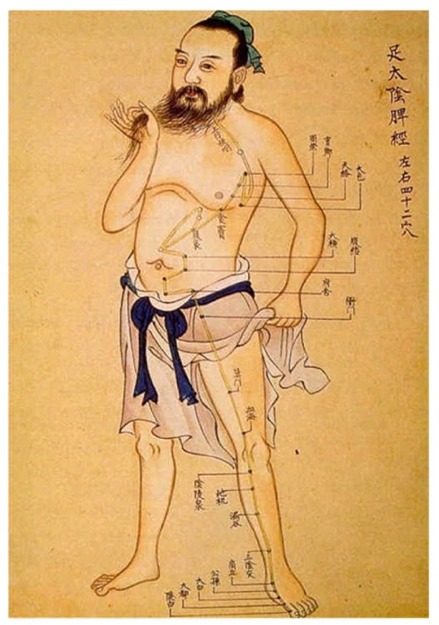How does TCM work?
Chinese medicine is over 5000 years old. Back then people lived very much connected with nature and very much in its rhythm.
There was no electricity which means one wakes up with sunrise, works mainly outside and then goes home with sunset. No artificial light, no air-condition. One lives with nature as it is. People ate what grew in their immediate neighbourhood and only what was growing in that season. There were no chemicals and artificial preservations in the food. Rhythm was slower, correlated with the earth.
Under these terms it was easier for those who went into deeper practice to be able to see the flow of energy and connectivity between the man, the earth below and the sky above. The influences of the material aspect of life – EARTH and the more amorphous, spiritual aspect of life – HEAVEN on the human BODY could very clearly be seen by the healers and doctors.
First the channels could be seen. Channels of energy connected to body organs and affect them directly. These channels would later be known as the Meridians. On these channels then the acupunkture points could be seen.
Then it would become clear how one can activate and manipulate these points in different ways and techniques to have them give a certain effect on the body. For example pain is considered a stagnation of QI, meaning a block in the free energy flow in this channel. To resolve pain one has to open this block and allow the free flow of energy to be back. When this is not done, pain will become stronger because when energy is blocked over a long period of time it makes also blood get stuck. When blood is stuck pain becomes much stronger and sharper.
The next step after resolving the acute pain is to treat the root of what makes energy be blocked in that channel. It can be that the organ which is related to this channel is disturbed or weak or maybe there is another organ which is out of balance.


